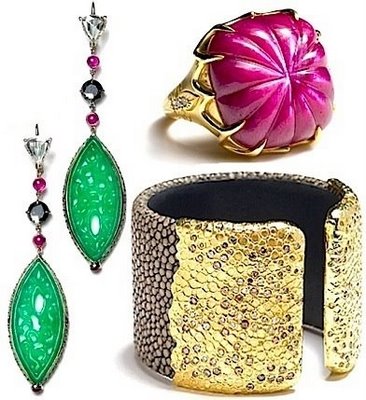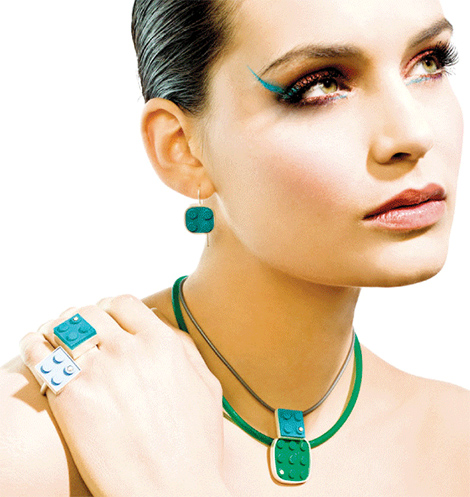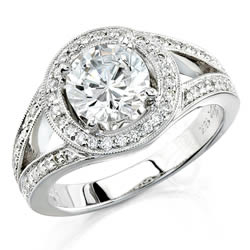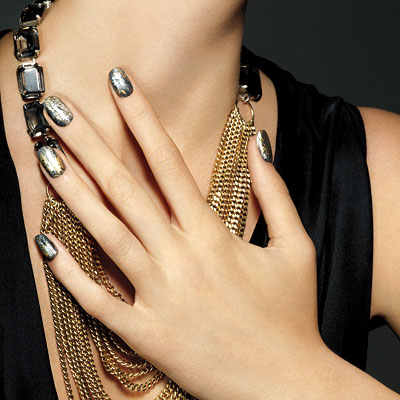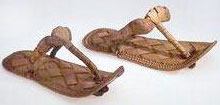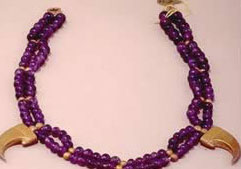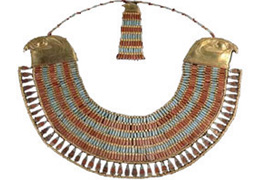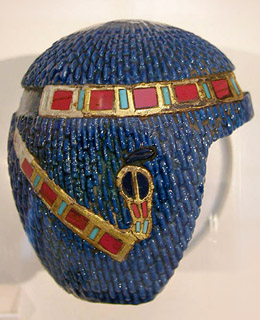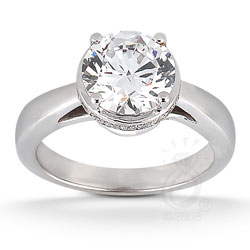Color Enhancement of Natural Diamonds
You may or may not know that diamonds come in all of the colors of the rainbow, from reds and pinks to blues, greens and yellows. However, not all fancy colored diamonds get their color naturally. Below is an article explaining the color enhancement processes of natural diamonds.
COLOR ENHANCEMENT OF NATURAL DIAMONDS
TREATMENT OF DIAMONDS TO CHANGE THEIR COLOR HAS BEEN AROUND SINCE 1940’S. INITIALLY IT WAS DONE BY EXPOSING THEM TO RADIATION FOLLOWED BY HEAT TREATMENT (ANNEALING). THIS PROCESS IS SIMILAR TO SANITIZING FOOD PRODUCTS. THE RESULTING DIAMONDS ARE FREE OF RADIATION AND SAFE TO USE. THIS TREATMENT PRODUCES COLORS OF BLUE, YELLOW, GREEN, AND VERY RARELY PINKS AND REDS. WHILE THESE COLORS ARE PERMANENT, INDUSTRY TEST SUGGEST CAUTION BE USED FOR EXPOSURE TO TEMPERATURE ABOVE 300-400 C.
Since the 1990’s, the color of diamonds has also been altered by HPHT process (High Pressure High Temperature). Polished or rough diamonds (natural and synthetic) are processed in the lab under very high pressures and temperatures, mimicking conditions deep in the earth where diamonds are formed. Depending on the composition of the diamond the results could be colorless as well as yellow, green, orange, and very rarely pink and blue. Colors produced by HPHT are permanent and they have the same features as a regular natural diamond.
There are other methods of diamond treatment such as PVD (pressurized vapor deposit), a color coating scheme, and clarity enhancements such as lasering, [fracture filling] treating, or filling. Color treatment can be done on any synthetic or [natural/minded] diamond. In the US these processes are done under strict and safe conditions. Article written by Cendico Diamond


